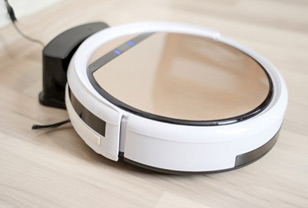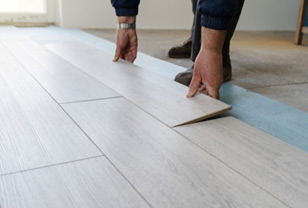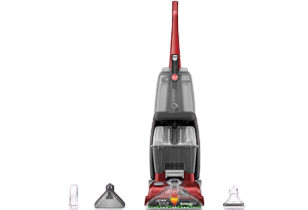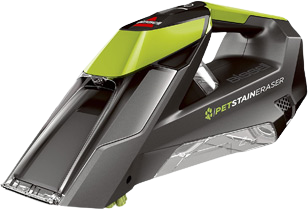How To Close A Pocket Knife And Safely Handle Your Multi-Tools
And although it might sound silly and irrelevant, knowing how to close a pocket knife is the first basic thing that you should master. Thus, by securely handling your pocket knife with the right opening and closing techniques, you can ensure your absolute safety while working with it.
In the following article, we’ll be explaining your pocket knives’ different locking mechanisms and the correct ways to open and close them. This will allow you to work safely and securely on any of your best multi-tools.
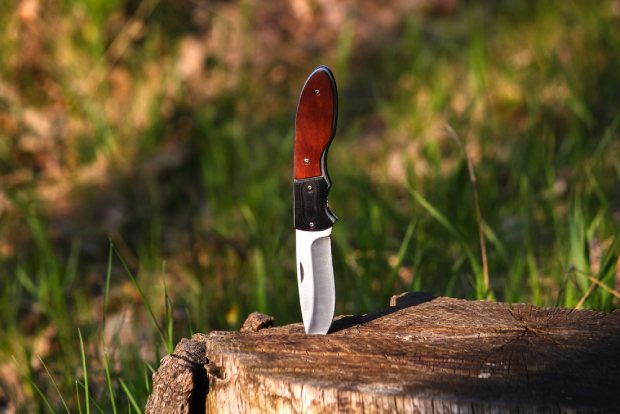
Learn how to handle your pocket knife
Different locking mechanisms on your pocket knives
Most pocket knives that are currently available in the market come with the same folding design, but feature certain changes in their locking mechanisms. Thus, each of them will consist of a folded blade that is somehow locked inside the frame. Depend on the design, you can have different types of locking mechanisms, each requiring you to open and close differently. Thus, it’s necessary to know which one that you have and understand how they work.
Liner lock
To start with, we have the liner lock design, which is also considered the commonest type of lock on your pocket knives. The design comes with a metal lock that snaps in beneath whenever you pull out your blade. And with the metal piece holding onto the bottom of the blade, your blade can’t be folded back without loosening the lock manually.
Depend on the model, your liner lock can be positioned on the back or front of the knife. This, however, doesn’t affect their functions and reliability. With the blade being extremely easy to open and featuring a powerful lock, your liner lock knife offers great reliability and is suitable for many heavy-duty tasks.
Frame lock
Featuring a slight variation in the lock, the frame lock pocket knife offers a relatively lighter and smaller design. Therefore, instead of having the locking metal that would snap in, the feature is now replaced with the locking frame itself. With the frame lock, the disconnect metal lock on the knife frame will cover the back of the blade whenever it is pulled out.
This would work the same as the liner lock mechanism, preventing your blade from folding back. However, due to the disconnected design, the frame isn’t going to be as strong as the liner lock design. This makes your pocket knife slightly more fragile when dealing with heavy-duty tasks. Other than that, it works quite similar to liner lock knives.
Axis lock
Another common locking mechanism on your pocket knife is the axis lock, which usually offers a more convenient experience when using. The product comes with uniquely crafted blades that have a rounded indentation at their bottom.
When you pull out the blade, the indentation will slowly slide into the positioned axis and would lock your blade permanently. To fold the blade back, you simply pull back the axis lock and free the indent. Then, put the blade back into its frame like you normally do.
While this design is undoubtedly convenient, it doesn’t offer as much flexibility as the liner lock. Hence, the axis won’t be able to stay fixed if being forced on heavy tasks. But on the other hand, you can still expect it to perform better than most other flip knife products.
Lock back
You can also call these the “back lock” knives as they all point to the same design. Thus, the product offers a quite similar design to the axis lock, with a curved blade that has certain indentations on its tail. With these, the blade can easily snap into the locking mechanisms whenever you pull it out straight.
And to unlock the blade, you just simply press on the metal compartment on the back of your blade. This releases the blade, allowing you to easily fold it back onto the frame.
The back lock is extremely useful and convenient in normal cutting jobs with your pocket knife. The easy and secured locking mechanism makes it a great product for most users.
Snap joint
While it isn’t considered as a locking mechanism, the snap joint design on your pocket knife also offers a decent level of secureness to the blade. However, snap joint pocket knives don’t come with a lock, but instead, the slightly carved metal joints will create a significant amount of friction on your blade. This, makes it more secure while using. But still, it would not work well as the other fully-locked blades. The design is mostly found on multi-purposes products such as a switchblade and the likes.
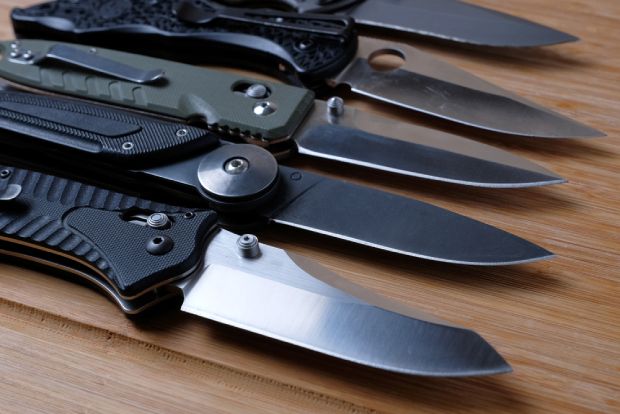
Different knives have certain locking mechanisms
How to close a pocket knife?
And with all that has been said about pocket knives and their locking features, it’s time for you to actually learn how to close a pocket knife. That being said, the following information includes intuitive instructions to help you close your pocket knives safely and effectively.
The standard and easy way
First things first, before you get to a more advanced technique of folding your knives, it’s always necessary to go back through the basics. Here are the important steps that should be followed, if you wish to close your pocket knife easily.
Step 1 – Hold the knife properly
Start by holding the knife properly in your preferred hand while securing the handle with your entire palm to ensure the best grip. Put your index finger and the thumb on the opposite sides of the handle, the other fingers would be holding on to the rest of the handle. With this hold, your thumb and index finger will provide great support to the palm, allowing you to hold the knife firmly.
Place the pointy nose of the blade away from you and align the sharp edge to face upward. In this position, the blade won’t close on itself and cut your fingers after you’ve unlocked it. Keep this hold as you move on the unlocking step.
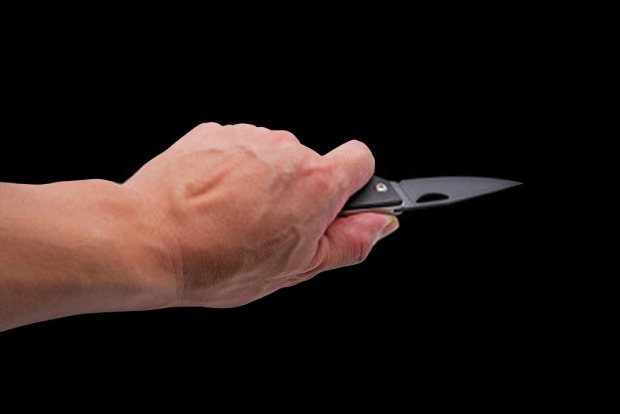
Hold your pocket knife properly
Step 2 – Loosen the lock
And with your entire palm, properly secure the knife, so you can begin to loosen up the lock. Depending on particular products that feature different locking mechanisms, there are different ways to unlock your devices. Our guide will provide the exact instructions to close different types of pocket knives.
Liner lock and frame lock – keep your current hold of the knife, then use the other hand to access the liner lock on your knife. Depend on the designs, the lock can be on both the back or the front of the handle. To unlock it, you just need to slide one or two of your fingers into the gap and push out the liner lock. While holding down the lock with your fingers, slightly push the blade off its fixed position with the inner edge of your other palm. This would loosen the blade and allow it to be folded
Axis lock – while holding the knife in the right position, use your other hand to press down the axis and loosen the lock. Perform the same folding action with your palm. This would unlock the blade and let it fall easily. Release your hold on the axis to allow it to slide back to position, then continue closing down the blade.
Lock back – for the lock-back design, you only need to use one hand to open the lock. Simply press your thumb against the switch with your current hold on the knife and it will release the blade from its lock. Then use your other hand to slowly push the blade back to its cover.
Snap joint – keep securing the knife with one hand, and use the other hand to push the blade off its snap joint. Do it slowly and steadily as you loosen the blade.
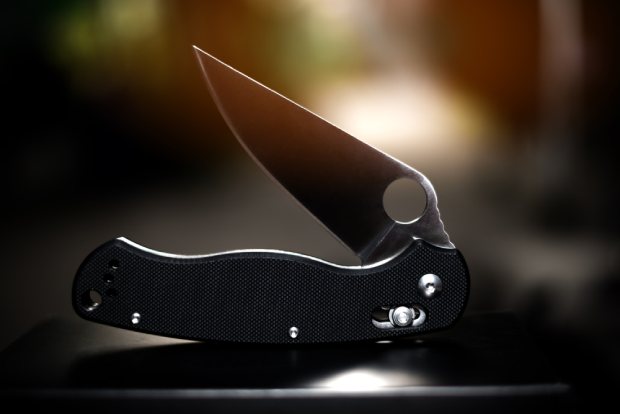
Fold back the knife and finish the job
Step 3 – Safely fold back the blade
Once you’ve unlocked the blade, the next steps are quite similar. Start by changing your hold on the blade keeping all the fingers away from the front of the handle to avoid hurting yourself. Slowly push back the blade with your other hand as you close the pocket knife. Finish when you hear the snapping sound from the blade onto the handle.
Step 4 – Check your knife
And the last step that beginners should never forget, is to check their pocket knife to ensure that it’s properly closed. This ensures your safety when using the knife, especially if you plan to pass it on to others.
Hence, you should always remember to fully push the blade into its handle. And only stop when you can feel that the snap joint is locked. Then, you can decide to put the knife away if you don’t plan to use it for the time being.
And that’s how do you close a pocket knife as a beginner. Make sure that you go through our provided steps over and over again to memorize the instructions. Always remember the guides so you can safely close your knife multi-tool.
Close with one hand
On the other hand, for those of you who have certain experience with handling pocket knives and wish to learn a more advanced method, you can also try to close them with only one hand. This method allows users to enjoy more comfort when working with their tools.
However, you should only try this once you’ve gotten familiar with handling pocket knives and closing them in the standard ways. Don’t try to close your knife with one hand when you’re not experienced enough since you can hurt yourself in the process. Remember, the following steps will take a lot of practice to perfect and can only be used by professionals.
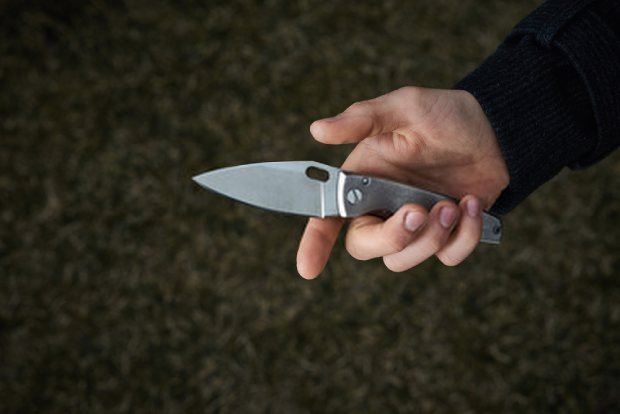
Handling your pocket knife with one hand isn’t easy
Step 1 - Hold the knife
Start with the standard hold that was mentioned above, but keep the sharp edge of the blade facing downward. This allows it to fall off naturally whenever you remove the lock. Besides, it’s also important to keep your hand slightly bent down towards the ground. With this position, your finger is well protected from the sharp blade as it starts to fall off. This would ensure that you won’t cut your fingers when you close the knife, especially your index finger.
Step 2 – Unlock the blade
Depending on your pocket knife design, here is how to close a folding knife using only one hand:
Liner lock and frame lock – The liner lock and frame lock can be positioned on the back or front of the knife. Hence, it requires different ways to open it. With the front design, on your current hold of the knife, you can slide your middle finger inside the gap to push out the liner lock. This allows the blade to easily fold down. And for the back design, you can use the thumb for the same unlock action.
Axis lock – While holding your knife, you can press your thumb against the axis control to loosen its lock. With that being done, the knife can easily fall down, now that it’s unlocked. For some models, it requires you to use both your index finger and thumb to press down the axis. So, you would want to practice on that to ensure the most comfortable unlocking action.
Lock back – It’s quite simple to unlock the lock back models since all you need to do is to press your thumb on the metal switch on its back. This will effectively unlock the tool, allowing the blade to be pulled back easily.
Snap joint – On your knife Gerber tool, feel free to use the thump action to push against the back of the blade. This would send it off the snap joint, allowing you to close the blade easily. Remember not to force the blade too much, since you only need to apply the right amount of force on the back to unlock it.
Step 3 – Close your knife
And to finish closing your pocket knife you can either try the normal way or a more stylish method of flipping. The first one is suitable for the less experienced users who are not yet comfortable with handling their knife. But for those of you who have mastered the art of using a pocket knife, using the flip actions will allow you to effectively close and open your knife.
Here is how to close a pocket knife with one hand using two of the mentioned methods:
The standard way – start by taking all your fingers off the bottom of the knife and only hold it by the back and sides. Keep your thumb on one side and the other fingers on the opposite, but let your index finger free. Push your index finger on the back of the knife and it will easily slide back into the handle.
The stylish way – for this method, you should begin with a similar hold on the knife. The only difference is that you don’t need to free your index finger. Instead, keep it with the other three fingers to ensure the best grip on your pocket knife. Position the knife straight up and have its blade facing forward. Once it’s secured, just perform a swift and decisive flip action downward as you force the blade to move back to its cover. Remember, this would take lots of practice to perfect. And you’ll have to feel the blade to master this trick.
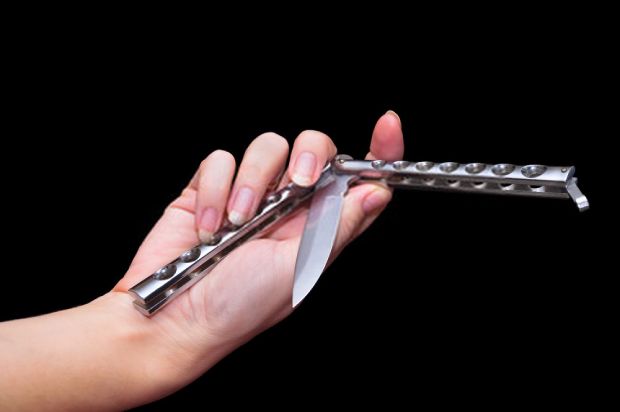
Always practice to master the flipping technique
Safety rules when handling your pocket knife for beginners
And for any of you who are new to handling a pocket knife, having yourself well-equipped with the important safety rules is always needed. In the following articles, we’ll show you the essential rules that all beginners must understand and learn by heart.
1. Close it before passing to others
To start with, always remember to close your pocket knife before you pass it back to others, as leaving it open could cause potential harm to whoever receives it. Also, you should give your knife to others by hand and don’t attempt to catch it. The snap joint might not be as secured as you think and can cause potential damage if the blade gets accidentally loosened.
2. Take care of the knife frequently
Even the best pocket knife is susceptible to certain deterioration after an extended period. Therefore, it’s important to take good care of your knife by performing certain maintenance frequently. Always perform regular checks on the joint and locks. Make sure that your knife is cleaned properly and well-lubricated so it can function without fail. For more detailed cleaning, you should check out our complete guide on how to clean pocket knife.
3. Use the right knife for the right job
In addition, if your work requires you to frequently use pocket knives and other multi-tools, you should equip yourself with different types of pocket knives, each of them would be suitable for a certain task. Hence, you will always have access to the best tools for the job. It’s not recommended to work on demanding jobs with just a small snap joint pocket knife. The insecure locking mechanisms and unreliable constructions can cause you many potential injuries.
4. Wear working gloves to protect your fingers
Another way to protect your fingers from getting cut is to put on a pair of working gloves. With these, you can avoid many accidents where you may unintentionally cut your fingers and hurt yourself. Good working gloves also enhance your grip on the knives, allowing you to have more accurate and decisive cuts with them.
5. Always cut away from yourself
Besides, to ensure your safety while working with the knife, always remember to cut it with the blade facing away from you. This is to prevent any accident that could happen due to miscalculated cuts or a dysfunctional blade.
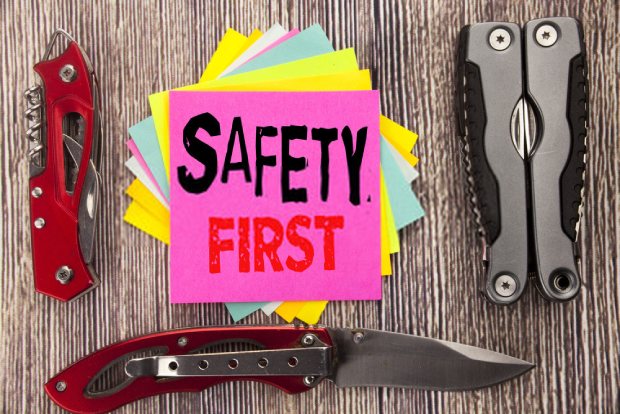
Make sure to remember the mentioned safety rules
Conclusion
To start making use of your pocket knives, knowing how to handle them is an absolute must. And among the basic knowledge, both closing and opening your pocket knives should be taken into consideration. You’ll need to thoroughly understand how your pocket knives work to use them safely and more efficiently.
That being said, our post consists of all the important facts that you need to know regarding the locking mechanisms of pocket knives. In addition, we have also provided complete and intuitive guidance on how to close a pocket knife. Hence, you’ll find it a lot easier learning to handle these handy pocket tools.
Thanks for reading and we’ll see you in our future posts.





